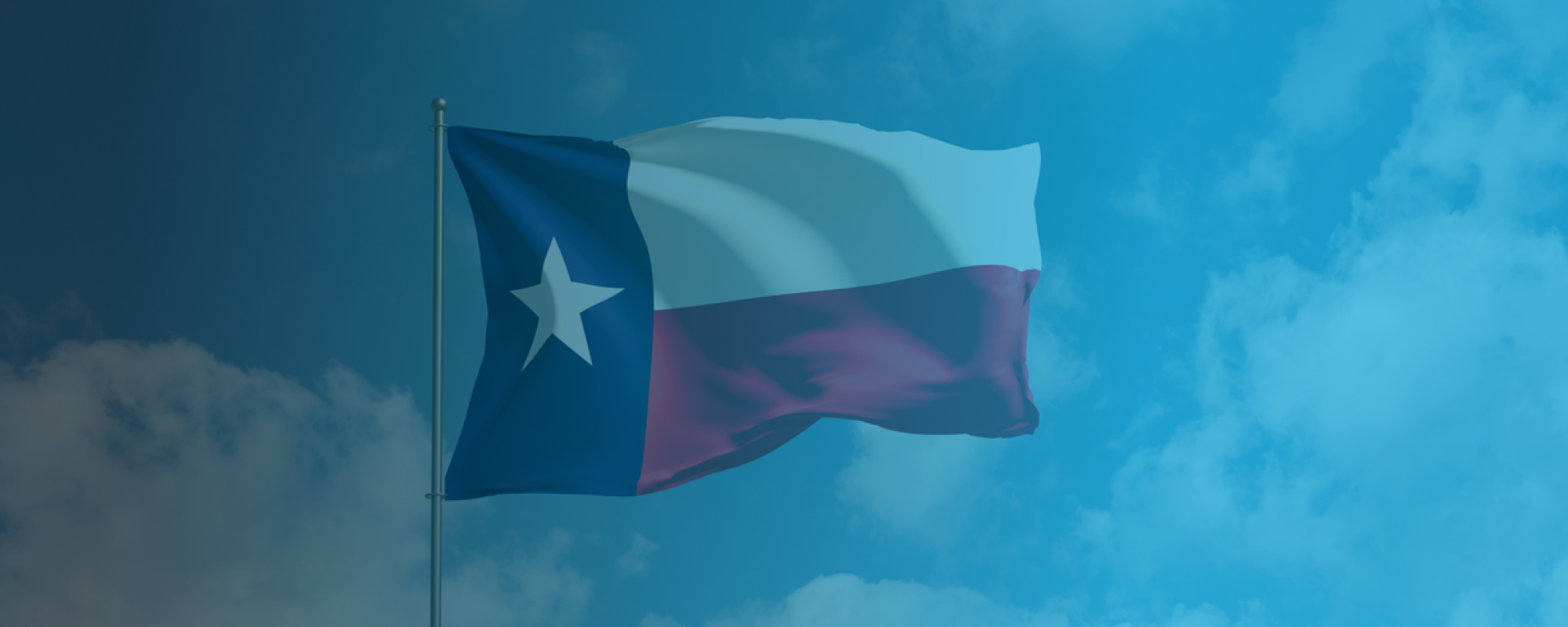As the Fourth of July approaches, I circle back to just how revolutionary America’s founding was. At a time when people thought the people were meant to serve a King, the revolutionaries said, well actually, the government serves the people, and “derives its just powers from the consent of the governed.“ Consent. Choice. Something so simple yet downright mutinous at the time. These ideas have so transformed America’s worldview that we now take for granted that the optimal way to organize a society is with choice: where we live, what we buy, who governs.
But what does this have to do with energy? Any conversation about a public good like energy should be anchored by two guardrails: 1) America is rooted in what We The People agree to, and 2) any system, including the energy system, must serve the public good or be changed. So what is the energy system we agreed to, and is it still serving the public good?
America decided early on that central planning was preferable for energy, given the enormous fixed costs of building generation and infrastructure, coupled with nominal marginal costs. The fear was that if left to the market, we would have too much or too little infrastructure, or at too high cost. Government regulators authorized utilities to build our energy infrastructure, prohibited competition, and guaranteed utilities’ payments through fixed customer rates. This vertically integrated electric utility model remains the chosen path in 36 US states today.
As we transition toward cleaner, decentralized, and more renewable sources of energy, it’s time to think about whether the centralized energy system we agreed to 100 years ago is still serving the public good. This becomes a necessity as we look at examples of states and utilities who have extended their reach beyond what we originally agreed to. Here are some examples.
Wisconsin has effectively prohibited private citizens from installing solar using third party financing, requiring customers to lease panels directly from the utilities. The state also banned customers from contracting with private companies to be paid for conserving energy without going through a legislative or rulemaking process. Louisiana’s regulator also banned private citizens from working with private companies to monetize their energy conservation.
Both of these examples are private consumer transactions. Both involve electricity customers reducing their utility energy usage. And both prohibitions are unlawful because the people never granted the state that power. As a lawsuit asserts, the state has no authority to restrict, “whether and when to consume power or any aspect of competitive enterprise by nonutility businesses.”
I once read an order that proposed that the utility has the “exclusive right to benefit from demand response activities of its retail customers.” This assertion is stunning: utilities don’t have rights; customers have rights. We should never allow a system designed to serve the people – like governments, like electricity supply – to become self-serving. Yet that’s what happens when utilities, authorized to provide electric service, also claim to have singular control over fair business transactions, like installing solar panels, heat pumps, and batteries, or being paid for using less energy. The people never consented to the state and monopoly utilities owning all of their energy decisions.
The point here isn’t to be alarmist, or to say that we don’t need any regulations or utilities anymore. But it is time to reflect on our energy system and intensely question whether it still works. We should make sure that our state regulators and our utilities are doing only what we consented to. And we should constantly be asking whether this energy structure serves our present and future, or just our past. Now is the time to vigorously question the status quo. The model we needed to electrify America over a century ago is entirely different from the one we now need to decarbonize and democratize our energy system. Power is for the people, yet increasingly by and of the people.
Questions? Reach out to our team at info@voltus.co.





.jpg)

